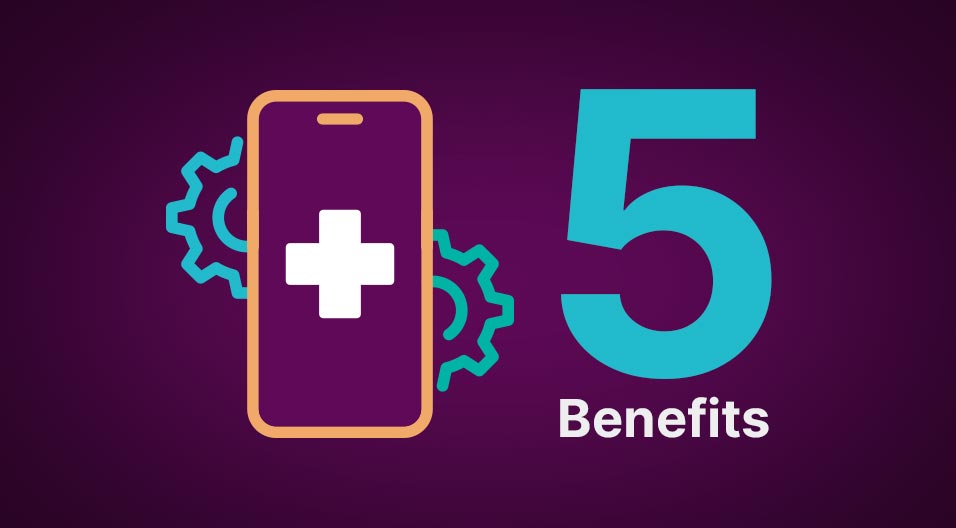Over the last few years, healthcare has seen a shift in how providing care is addressed. Changes in regulations, patient access to information, and technological advances have led to an increased focus on the patient experience. During this transition, IHI developed the Triple Aim, an approach to optimizing health system performance. The triple aim includes the following:
- Improving the patient experience of care (including quality and satisfaction);
- Improving the health of populations; and
- Reducing the per capita cost of health care.
While each of these “aims” is necessary to succeed in the new era of healthcare, there is a key component missing from the equation, care providers themselves. Without a focus on staff, achieving triple aim goals becomes even harder to achieve; however, if providers start implementing ways in which staff member’s lives can be made easier, patient care can be greatly enhanced.
The Importance of Staff Satisfaction
A HealthLeaders Media article explores the need for the quadruple aim. The article showcases the correlation between low staff engagement or clinician burnout and lowered patient satisfaction, poor outcomes, and higher costs.
Without a focus on staff retention and engagement, expecting staff members to perform higher quality care at a lower cost puts a tremendous burden on every type of staff member. Instead of utilizing a top-down approach to achieve the triple aim, organizations should look for ways to involve staff members in the process to better understand how to reach these goals.
In a survey from Johns Hopkins, Dr. Aboumatar, discusses what strategies hospitals have taken to achieve patient-centered care. “The most pleasantly surprising finding is that, for the most part, the [successful] hospitals have created different ways by which to engage all people within the organization in this quest to improve patient experience,” she says. The question hospital leaders must address is how to engage all people around these goals?
How to Improve Staff Engagement and Retention
Taking the time to listen to staff members is the first step in understanding what they value and wish to achieve. By rounding on staff members or creating on open environment for shared feedback and learning, leaders can hear first-hand what it means to drive staff satisfaction. The second step is to take the feedback and understand underlying trends. For example, if staff members feel overburdened by data entry, it may be time to invest in software to make this easier.
By listening and taking action on staff member feedback hospital leaders showcase their dedication to making the organization a better working environment. This creates a more open culture and can help proactively address issues before they arise.
Another strategy would be to find ways to actively engage hospital staff members in improving the patient experience. One example is how Northwell created their LEAD initiative to get every type of hospital leader involved in patient care. Through this initiative, even staff members who never interacted with patients began to do so on a consistent basis. This involvement brings all levels of the organization closer to the patient and can see first hand the value in improving patient experiences.
Conclusion
Achieving the quadruple aim in healthcare is no easy task. It takes high levels of organizational coordination and commitment to both patients and staff members. By implementing initiatives, programs, and technology aimed at improving each of the quadruple aim’s, organizations can expect to see large returns. Working towards quadruple aim goals can help hospital see financial and organization improvement from enhanced staff engagement, cost efficiencies, and higher levels of patient satisfaction.
To see how innovative healthcare organizations like UCSF Health achieve quadruple aim goals, check out this whitepaper.







